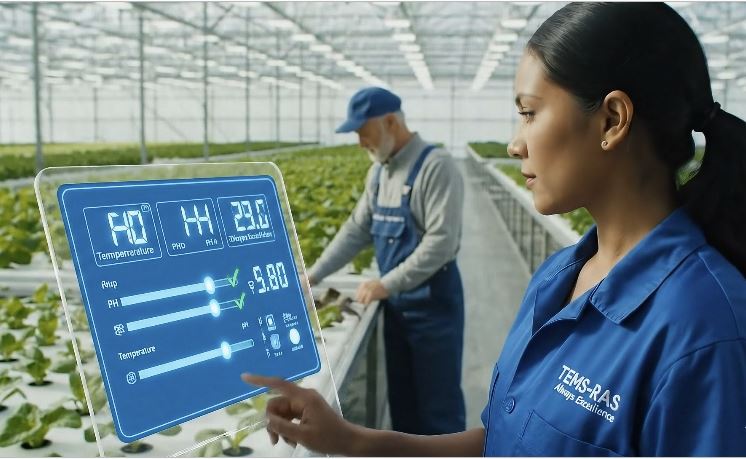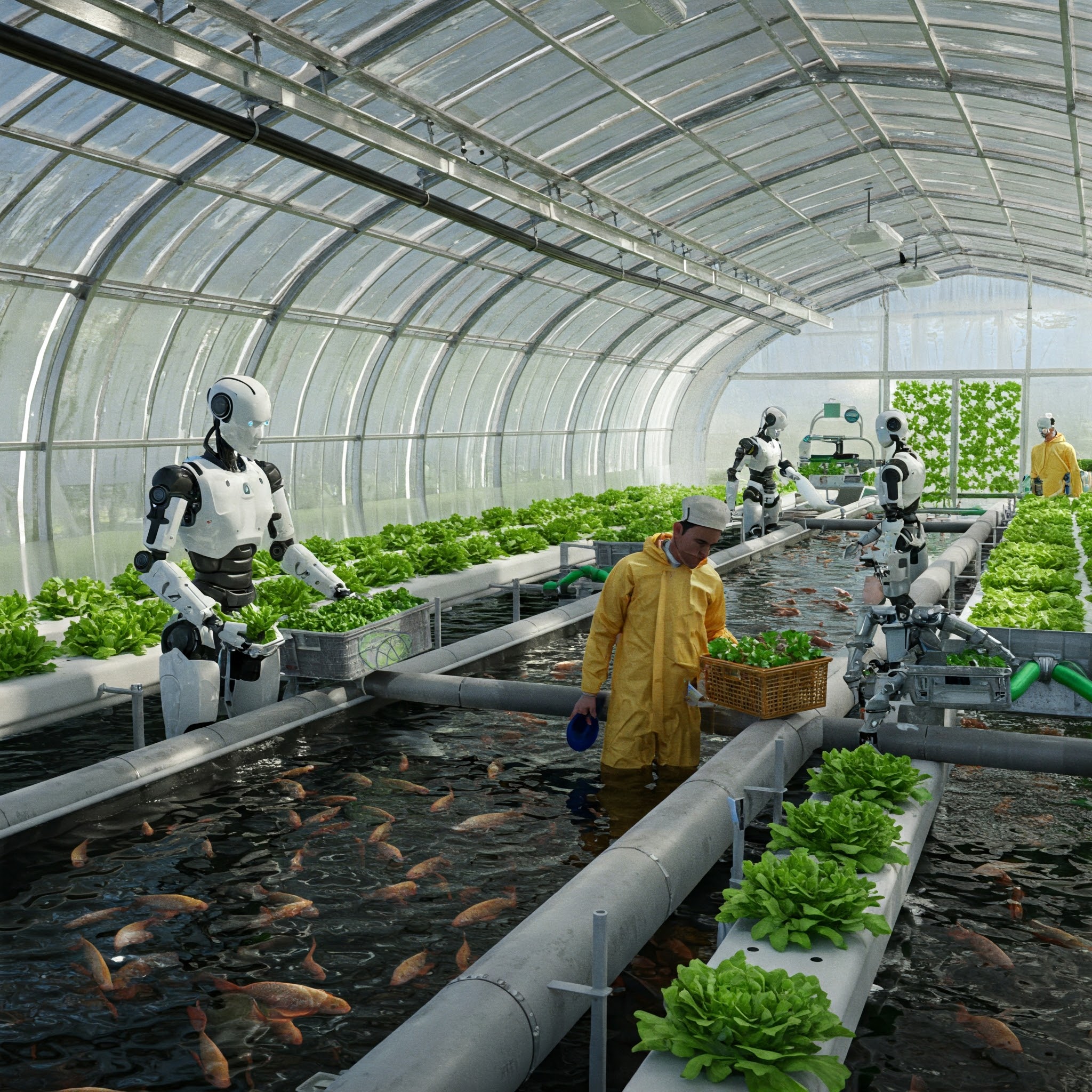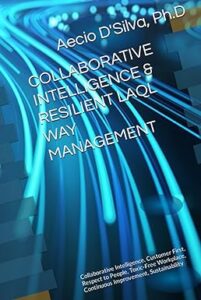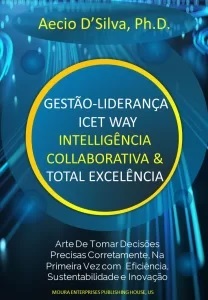xAI’s Colossus 2 – The Largest Artificial Intelligence Factory on the Planet
Elon Musk Breaks Record Again: Put the World’s First 1-gigawatt AI Factory Up and Running in 122 Days
Prof. Aécio D’Silva, Ph.D
AquaUniversity
The Epic Challenge: Plan, Build and Operate xAI’s Colossus 2 – The World’s First 1 Gigawatt AI Factory (Data Center)
xAI’s Colossus 2 – Discover the groundbreaking journey behind xAI’s Colossus 2, the fastest-growing AI supercomputer cluster pushing the boundaries of power, speed, and innovation. From record-breaking construction timelines to gigawatt-scale energy challenges, this post delves into what it takes to build the future of AI. Perfect for tech enthusiasts, data center pros, and AI innovators searching for “xAI Colossus 2 challenges” or “building gigawatt AI data centers.”























